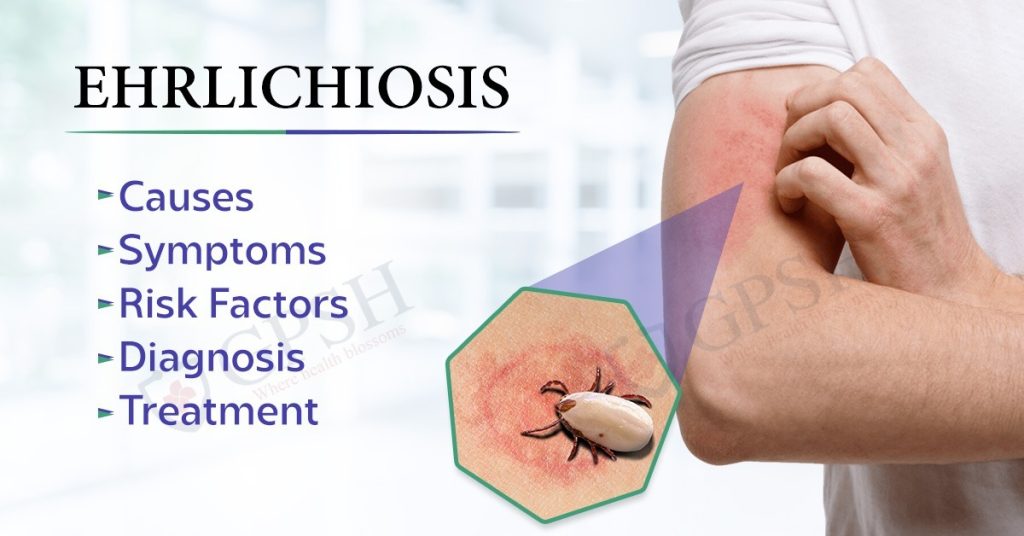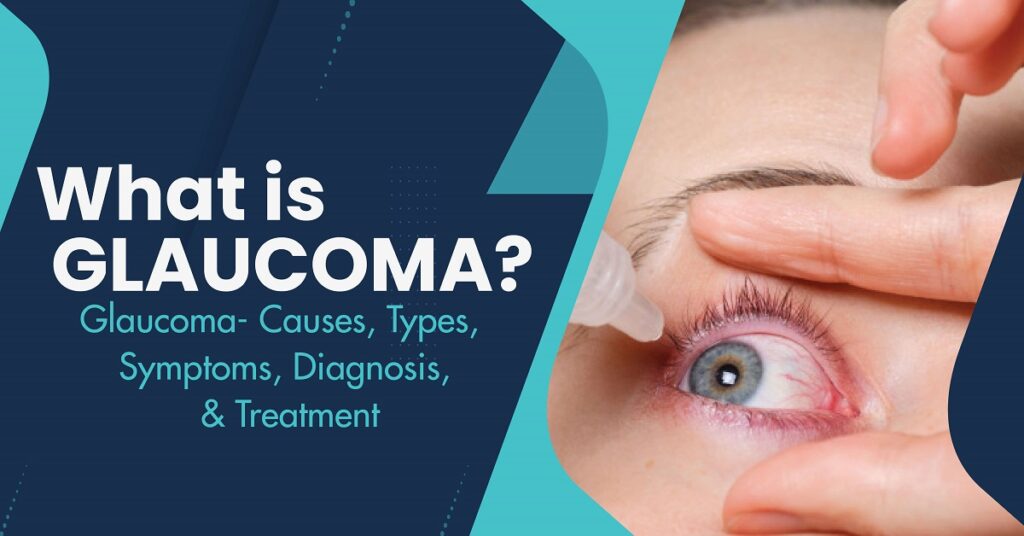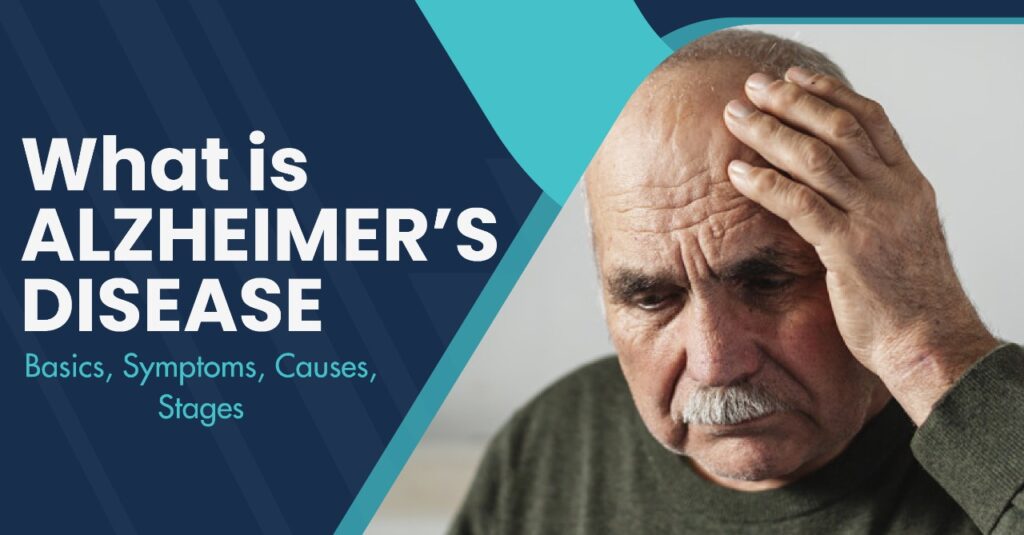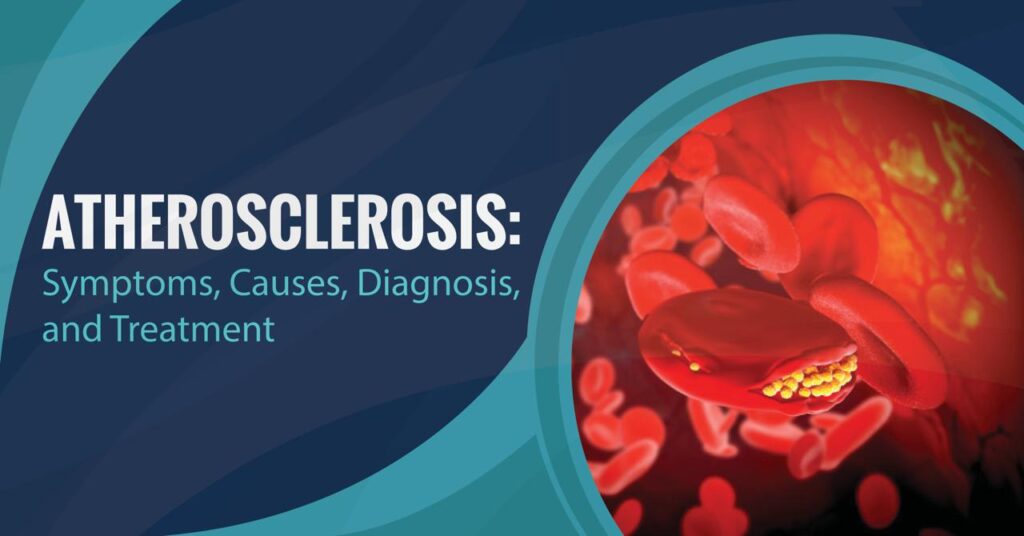What is Ehrlichiosis?
Ehrlichiosis is a potentially serious tick-borne infectious disease caused by various species of bacteria within the genus Ehrlichia and the related genus Anaplasma. These bacteria primarily infect specific types of white blood cells, including monocytes and granulocytes. Ehrlichiosis is primarily transmitted to humans through the bite of infected ticks, with different tick species serving as vectors in various regions around the world. In this comprehensive guide, we will explore the key aspects of ehrlichiosis, including its causes, symptoms, diagnosis, treatment, and preventive measures.
Ehrlichiosis can manifest in two primary forms in humans, each caused by different bacterial species:
● Human Monocytic Ehrlichiosis (HME): This form is primarily caused by Ehrlichia chaffeensis and Ehrlichia ewingii. Symptoms can range from mild to severe and typically include fever, headache, fatigue, muscle aches, and, in some cases, gastrointestinal symptoms. Severe cases may lead to complications such as respiratory distress, bleeding disorders, and organ failure.
● Human Granulocytic Ehrlichiosis (HGE): HGE is mainly caused by Anaplasma phagocytophilum. It presents with flu-like symptoms, including fever, headache, muscle aches, and fatigue. Severe cases can lead to complications such as respiratory distress, organ failure, and neurological symptoms.
Causes of Ehrlichiosis
Ehrlichiosis is caused by several species of bacteria within the genera Ehrlichia and Anaplasma. These bacteria are primarily transmitted to humans through tick bites, and the specific pathogens involved can vary by geographical region. Here are the main causative agents of ehrlichiosis:
● Ehrlichia chaffeensis: Commonly responsible for HME in the United States, this bacterium is primarily transmitted by the lone star tick (Amblyomma americanum), which is prevalent in the southern and central regions of the country.
● Ehrlichia ewingii: Another bacterium associated with HME, Ehrlichia ewingii, is also transmitted by the lone star tick.
● Anaplasma phagocytophilum: This bacterium causes HGE and is transmitted to humans by ticks such as the black-legged tick (Ixodes scapularis) and the western black-legged tick (Ixodes pacificus), both known vectors for Lyme disease.
● Other Ehrlichia and Anaplasma Species: In addition to the mentioned species, various other Ehrlichia and Anaplasma species can cause ehrlichiosis in different parts of the world, often transmitted by various tick species depending on the region.
You Can Also Read:- Aspergillosis: Types, Causes, Symptoms, Diagnosis & Treatment
Symptoms of Ehrlichiosis
The symptoms of ehrlichiosis can vary in severity, often resembling those of other illnesses such as the flu. The incubation period, which is the time between a tick bite and symptom onset, typically ranges from 1 to 2 weeks. Common symptoms include:
● Fever: Ehrlichiosis often begins with a sudden, high fever, one of its hallmark symptoms, often accompanied by chills.
● Headache: Severe headaches are common, sometimes persistent and debilitating.
● Fatigue: Profound fatigue and weakness are typical, leaving patients feeling extremely tired and lacking energy.
● Muscle and Joint Aches: Similar to flu-like symptoms, muscle and joint pain are common.
● Nausea and Vomiting: Some individuals may experience gastrointestinal symptoms, including nausea and vomiting.
● Loss of Appetite: A decreased appetite is another possible symptom.
● Cough: In some cases, a persistent cough may develop.
● Confusion or Cognitive Changes: Severe cases can lead to neurological symptoms, including confusion, difficulty concentrating, and even seizures.
● Rash: Although less common than in some other tick-borne diseases, a red, spotted rash may develop in some individuals.
Diagnosis of Ehrlichiosis
Diagnosing ehrlichiosis involves a combination of clinical evaluation, laboratory tests, and a history of tick exposure. Key steps in diagnosing ehrlichiosis include:
● Clinical Evaluation: Healthcare providers begin by taking a detailed medical history and conducting a physical examination, considering recent outdoor activities, travel history, and potential tick exposure.
● Symptoms: The presence of ehrlichiosis symptoms, especially in areas where the disease is known to occur, can raise suspicion.
● Laboratory Tests: Various tests are crucial for confirming the diagnosis, including:
● Complete Blood Count (CBC): This initial blood test may show abnormalities such as low platelet count (thrombocytopenia) and low white blood cell count (leukopenia), though these findings are not specific to ehrlichiosis.
● Peripheral Blood Smear: A blood smear may reveal characteristic changes in white blood cells called morulae, suggesting ehrlichiosis.
● Serology: Blood tests detecting antibodies to Ehrlichia or anaplasma bacteria, including enzyme immunoassays (EIAs) and indirect fluorescent antibody (IFA) assays. A significant rise in antibody levels in a follow-up blood sample confirms the diagnosis.
● Polymerase Chain Reaction (PCR): PCR tests can detect the genetic material of the bacteria in blood samples, providing specific identification.
● Differential Diagnosis: Ehrlichiosis shares symptoms with other tick-borne diseases such as Lyme disease and Rocky Mountain spotted fever. Healthcare providers may consider these potential diagnoses and order additional tests if needed.
● Response to Treatment: Improvement in symptoms after starting antibiotics, especially doxycycline, supports the diagnosis of ehrlichiosis.
You Can Also Read:- When to Take Creatine? Best Time to take Creatine
Risk Factors of Ehrlichiosis
Several factors increase the risk of contracting ehrlichiosis, emphasizing the importance of preventive measures:
● Exposure to Ticks: Spending time in tick-prone areas during the warmer months increases the risk, particularly in wooded or grassy areas.
● Geographical Location: Ehrlichiosis is more common in certain regions, such as the United States, where specific tick species are prevalent.
● Outdoor Activities: Engaging in outdoor activities like hiking, camping, hunting, and gardening can increase tick exposure.
● Tick Attachment Time: The longer a tick remains attached and feeding, the higher the risk of transmission, highlighting the importance of prompt tick removal.
● Tick Species: Certain tick species, such as the lone star tick and black-legged tick, are known vectors for ehrlichiosis, increasing the risk of infection.
● Lack of Tick Prevention Measures: Failing to take precautions, such as using tick repellent and performing regular tick checks, can increase the risk.
● Tick-Borne Co-Infections: Some regions may have multiple tick-borne diseases, increasing the risk of multiple infections.
● Immunosuppression: Individuals with weakened immune systems may be more susceptible to severe ehrlichiosis.
● Age: Children and older adults may be more vulnerable to severe symptoms and complications.
● Travel to Endemic Areas: Traveling to regions where ehrlichiosis is endemic or ticks carrying the bacteria are prevalent can increase the risk.
Complications of Ehrlichiosis
Ehrlichiosis can range from mild to severe and may lead to complications if not promptly treated. Complications may include:
● Severe Illness: Untreated ehrlichiosis can result in severe and life-threatening illness, especially in individuals with weakened immune systems.
● Respiratory Distress: Severe cases can lead to respiratory distress, with symptoms like shortness of breath and low oxygen levels.
● Bleeding Disorders: Ehrlichiosis can affect blood clotting, potentially causing bleeding disorders with symptoms like easy bruising and nosebleeds.
● Organ Failure: Severe ehrlichiosis may lead to kidney and liver failure due to widespread inflammation and tissue damage.
● Neurological Complications: Though less common, ehrlichiosis can affect the central nervous system, resulting in confusion, difficulty concentrating, seizures, and, rarely, coma.
● Cardiovascular Complications: Some severe cases may involve irregular heart rhythms and myocarditis (heart inflammation).
● Secondary Infections: Immune suppression during ehrlichiosis can increase susceptibility to secondary infections like pneumonia.
● Long-Term Effects: While many recover fully, some individuals may experience lingering symptoms or fatigue for an extended period after the acute infection.
You Can Read Also:- Hysterectomy: Purpose, Procedure, Types, Benefits, Risks & Recovery
Treatment of Ehrlichiosis
Prompt and appropriate treatment is crucial to manage ehrlichiosis effectively and prevent complications. Treatment typically involves antibiotics, primarily doxycycline:
● Antibiotics: Doxycycline is the first-line treatment for ehrlichiosis, whether HME or HGE. It is typically administered orally and must be taken for the full prescribed duration.
● Dosage and Duration: Dosage and treatment duration vary based on severity, age, and overall health. Completing the full course of antibiotics is essential, even if symptoms improve.
● Supportive Care: In addition to antibiotics, supportive care may be necessary to manage symptoms and complications, including fever control, hydration maintenance, and addressing specific issues.
● Hospitalization: Severe cases may require hospitalization for close monitoring and more aggressive treatment.
● Response to Treatment: Patients should respond positively to treatment within a few days. Continuing the full course of antibiotics is essential to ensure complete recovery.
● Follow-Up: After antibiotic treatment, follow-up visits with healthcare providers confirm that the infection has cleared and monitor for lingering symptoms or complications.
● Preventive Measures: Individuals recovering from ehrlichiosis should take steps to prevent future tick bites, including using repellent and protective clothing.
Prevention of Ehrlichiosis
Preventing ehrlichiosis primarily involves reducing the risk of tick bites. Key preventive measures include:
● Avoiding Tick-Prone Areas: When possible, stay out of areas where ticks are prevalent, especially during peak tick activity seasons.
● Using Tick Repellent: Apply insect repellent with at least 20-30% DEET to exposed skin and clothing before entering tick-prone areas.
● Wearing Protective Clothing: Cover arms, and legs, and wear closed-toe shoes when in tick-prone areas. Tuck pants into socks and opt for light-colored clothing.
● Tick Checks: After outdoor activities, perform thorough tick checks on yourself, family members, and pets, paying attention to hidden areas.
● Proper Tick Removal: Safely remove ticks with fine-tipped tweezers, avoiding twisting or jerking, and clean the area afterward.
● Tick-Proofing Your Yard: Maintain a tick-safe yard by keeping grass short, clearing leaf litter, and creating a buffer between wooded areas and your lawn.
● Protecting Pets: Use tick prevention products recommended by veterinarians for your pets.
● Staying on Trails: Stick to established trails when hiking in natural areas.
● Checking Gear and Clothing: After outdoor activities, inspect and brush off clothing and gear before entering your home.
● Education: Learn to identify common ticks in your region and be aware of tick-borne disease risks.
● Permethrin-Treated Clothing: Consider clothing and gear treated with permethrin for added tick protection.
● Consult Local Health Authorities: Follow local public health advisories related to tick-borne diseases and tick-bite prevention.
By following these preventive measures, individuals can significantly reduce the risk of ehrlichiosis and other tick-borne illnesses. Awareness and proactive tick-bite prevention are essential steps in protecting against this potentially serious disease.
Conclusion
Ehrlichiosis is a tick-borne disease caused by various bacteria, primarily transmitted through tick bites. Understanding its causes, symptoms, diagnosis, treatment, and preventive measures is vital in managing and preventing this potentially severe infection. Timely diagnosis, appropriate antibiotic treatment, and proactive tick-bite prevention can help individuals stay safe and minimize the risk of ehrlichiosis. Remember that early intervention is key in ensuring a swift and full recovery from this tick-borne illness.









